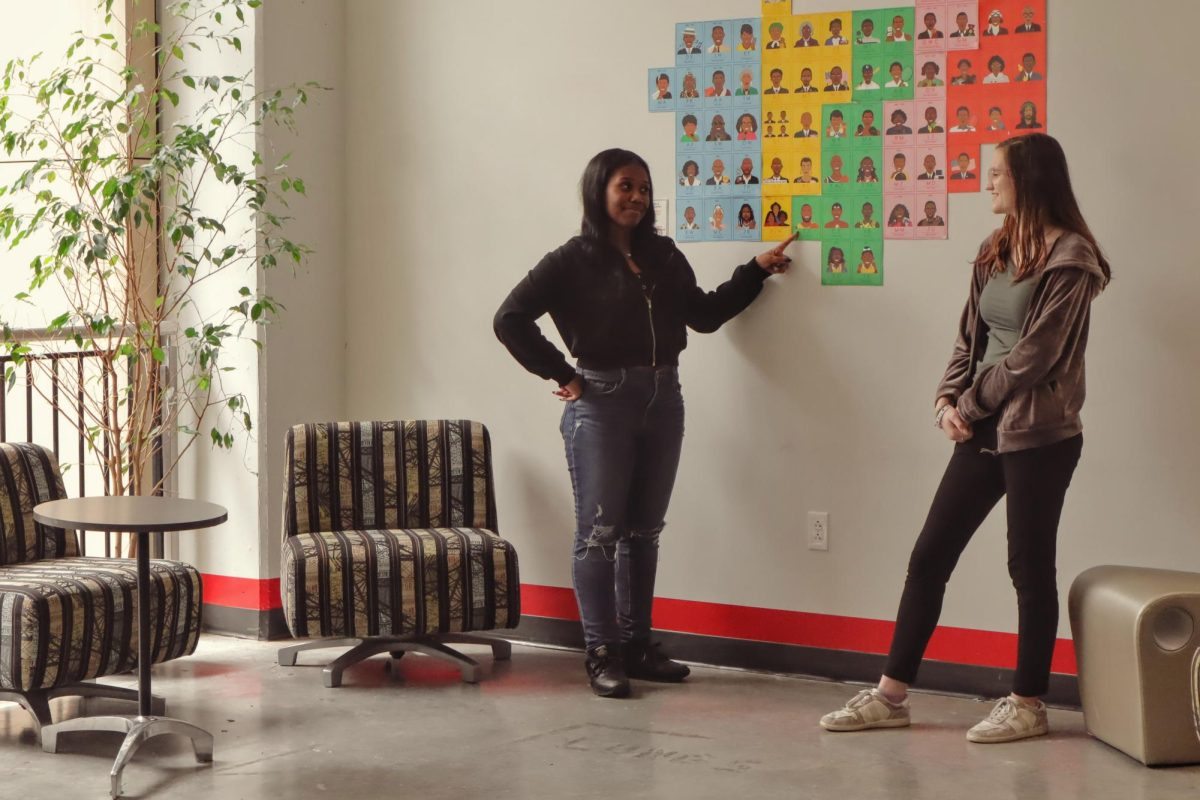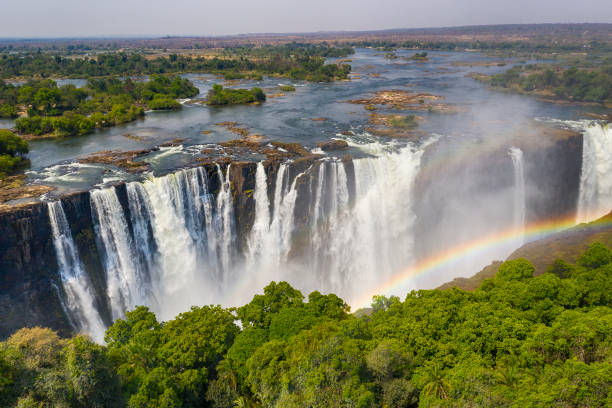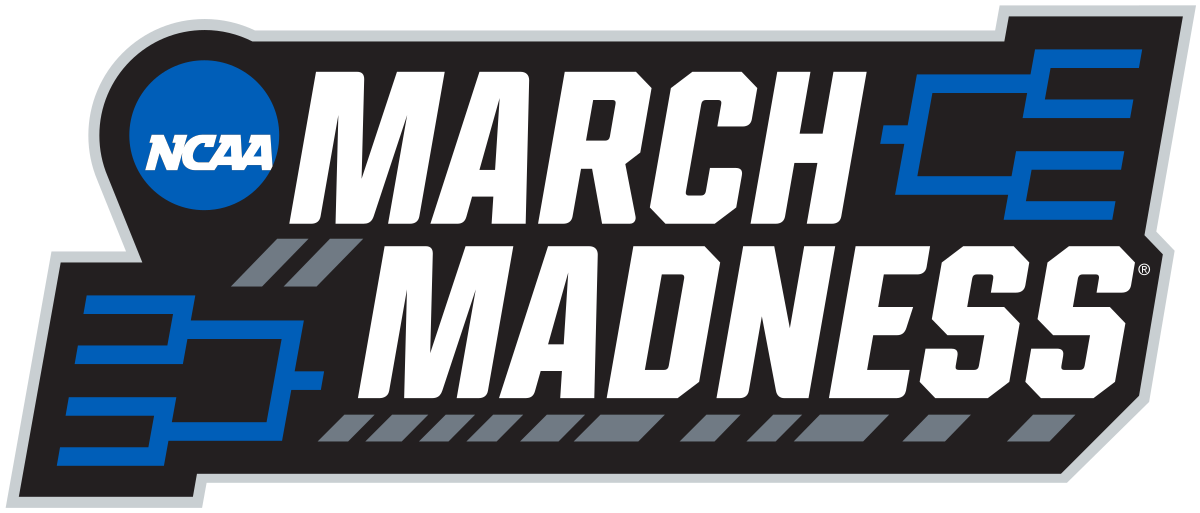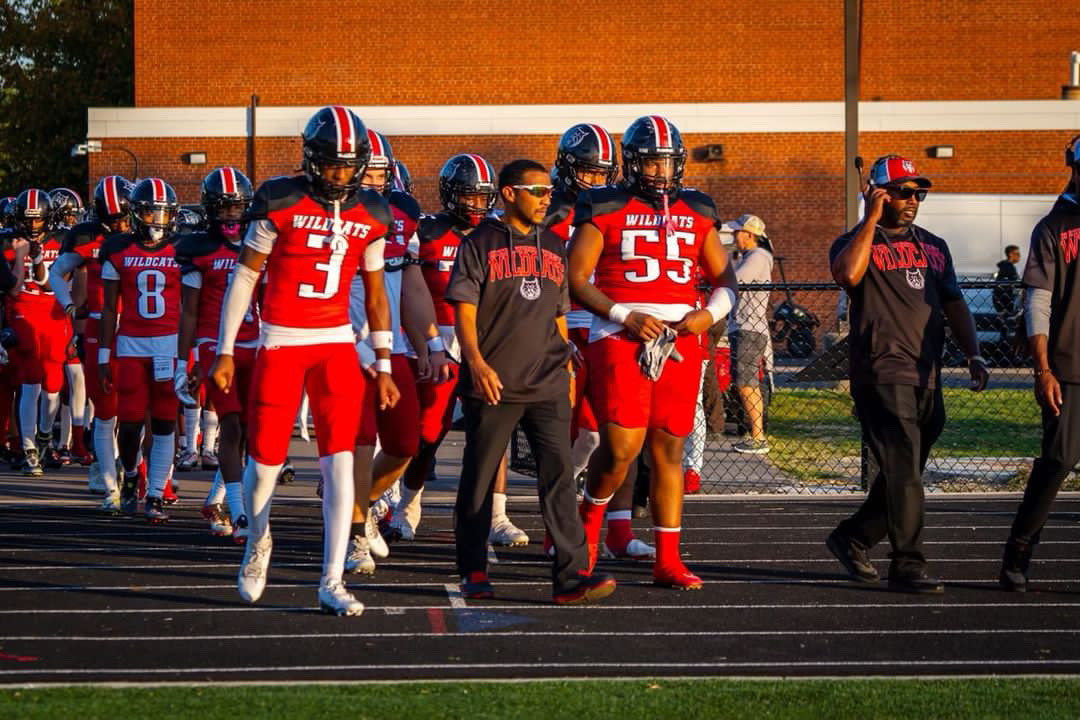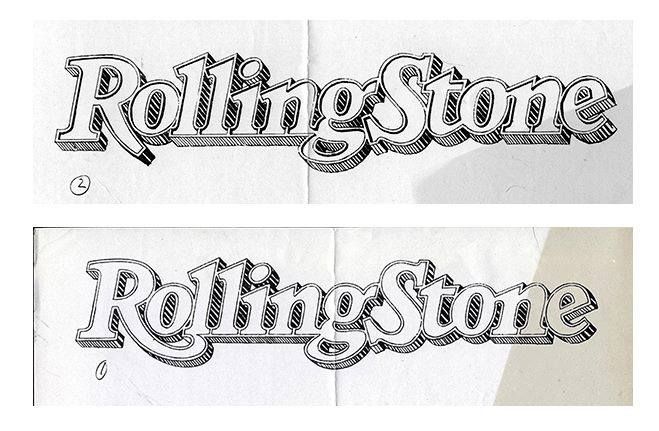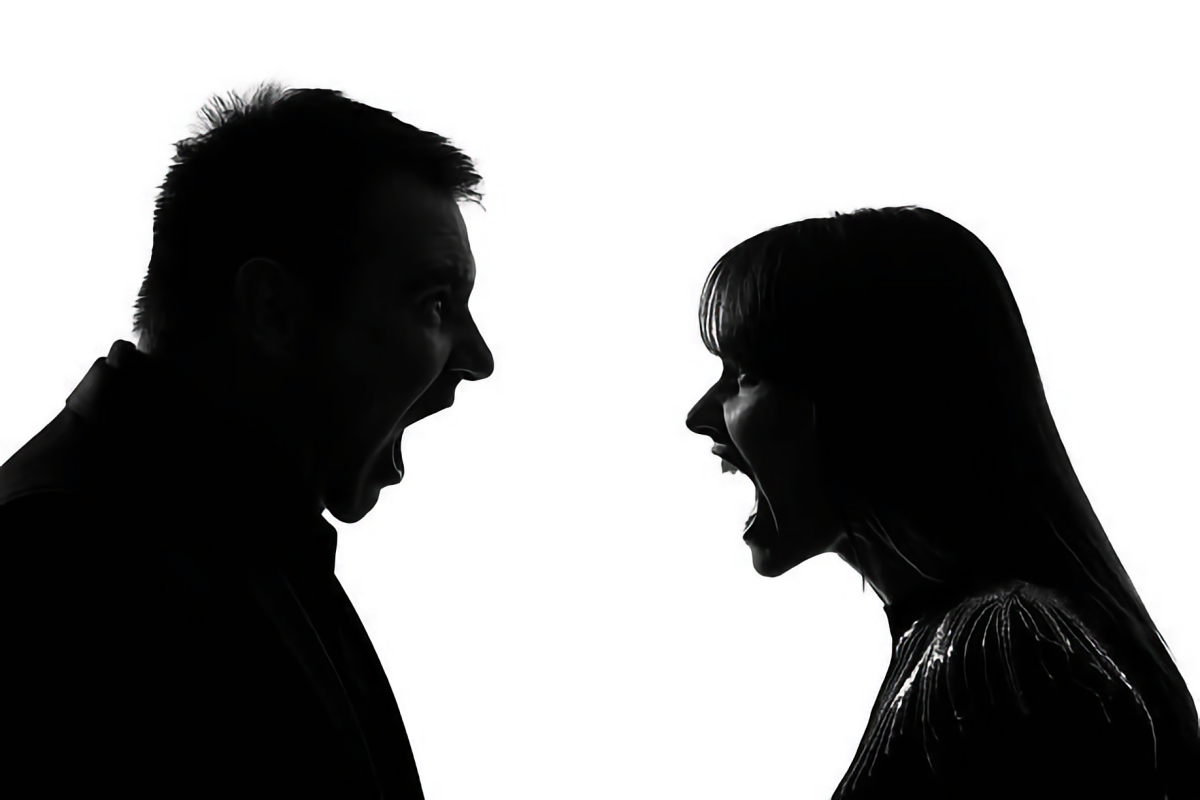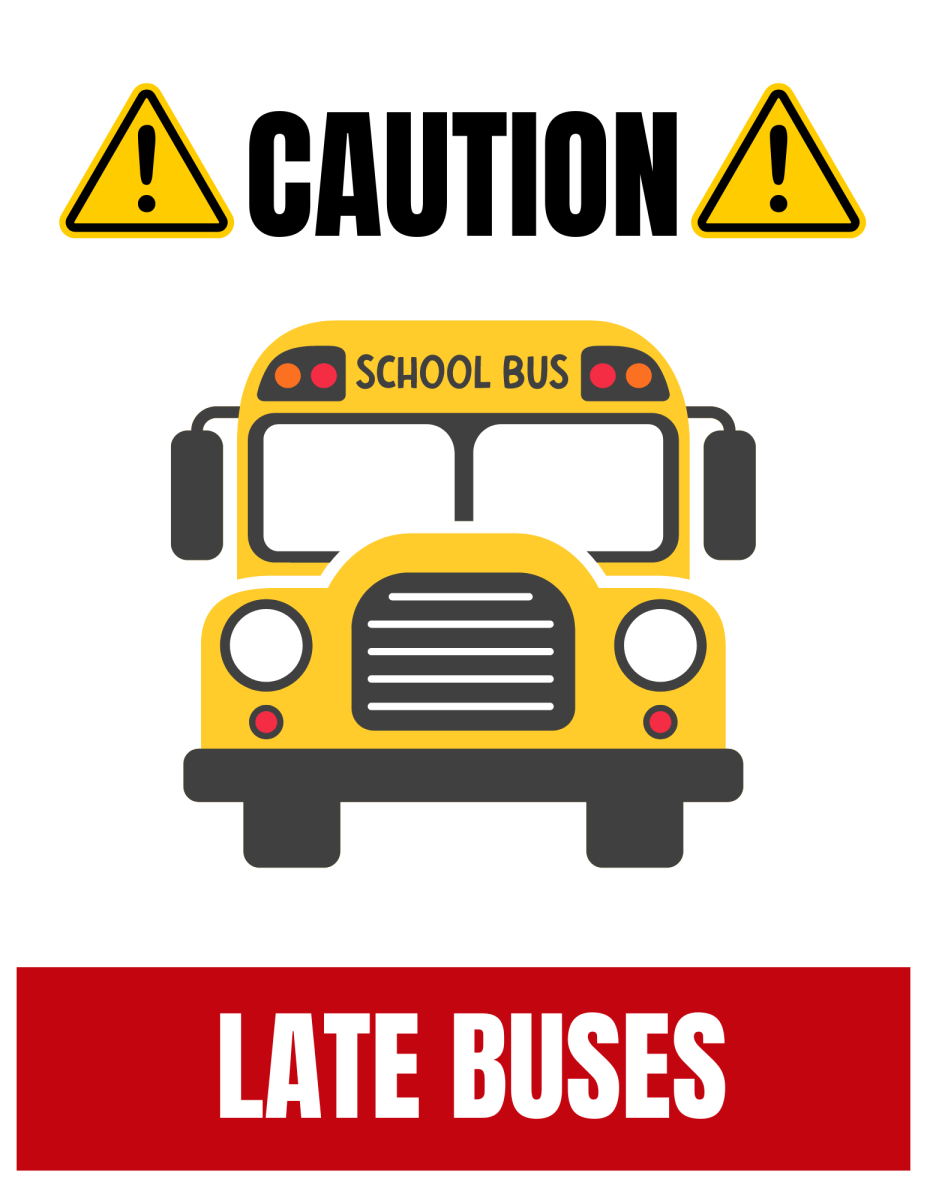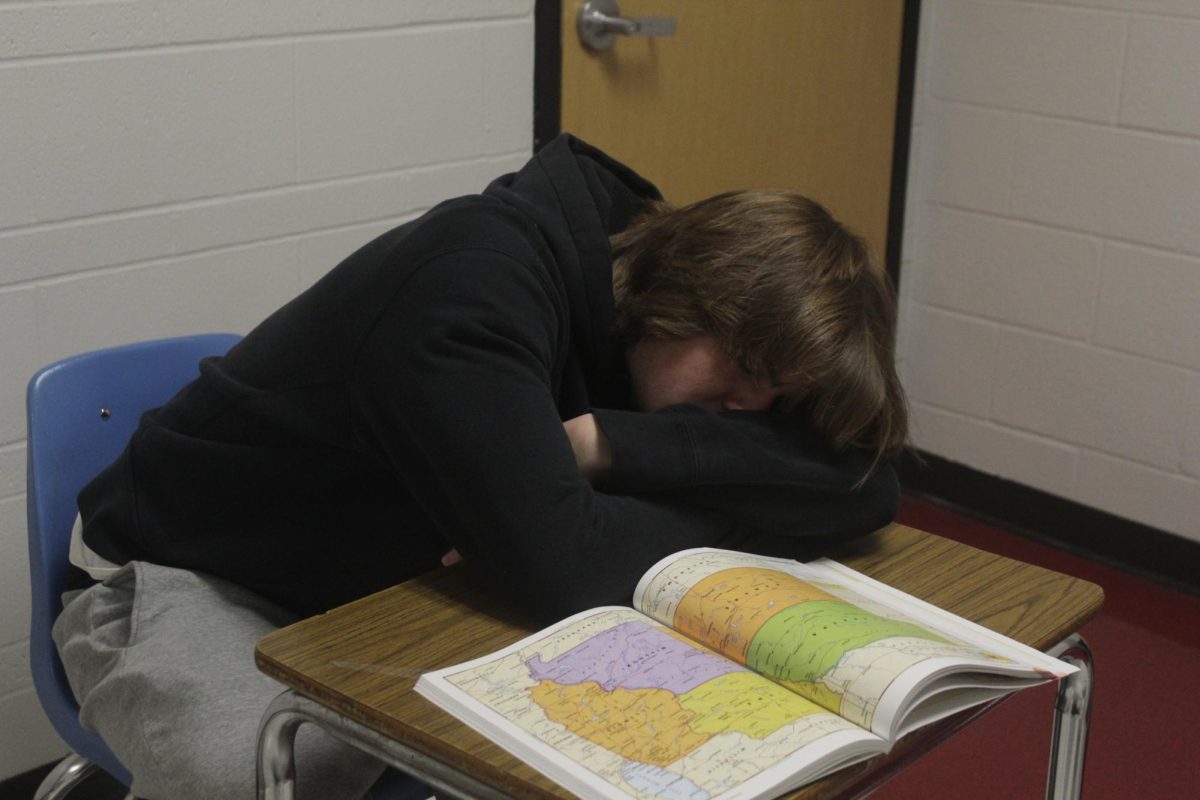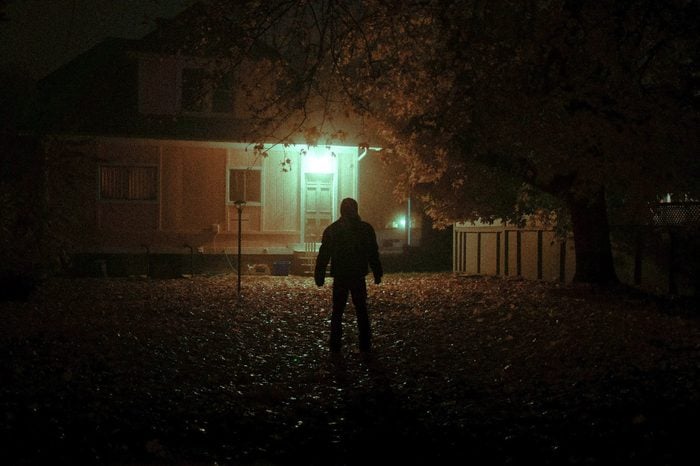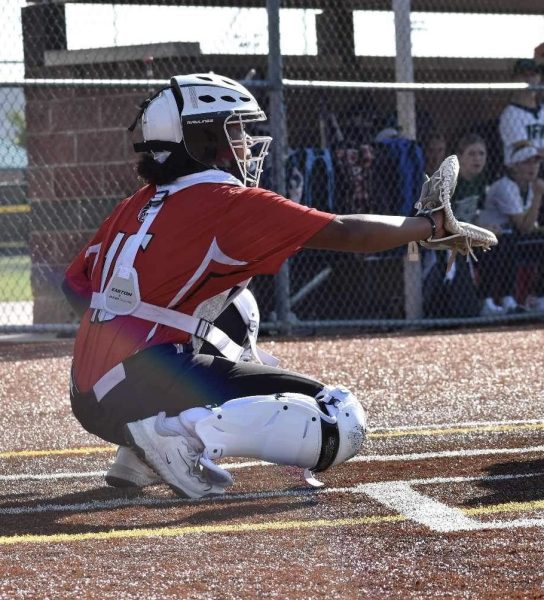Many incidents that happen can be accidental or planned, but what about a bridge collapse?
On Tuesday, March 26, the Key Bridge of Baltimore collapsed because a cargo ship crashed into it. Six construction workers were lost after the incident. The U.S. Coast Guard states Tuesday evening it was calling off the search-and-rescue mission for the six construction workers that went missing when a cargo ship struck the Francis Scott Key Bridge in Baltimore early in the morning, sending it collapsing into the frigid Patapsco River and shutting down a critical artery for East Coast shipping.
Officials say water temperatures were around 46 to 48 degrees, poor visibility and changing currents played a role in the decision after a dogged attempt to find the workers.
“Based on the length of time that we’ve gone on this search, the extensive search efforts that we’ve put into it, the water temperature, at this point we do not believe that we’re going to find any of these individuals still alive,” Coast Guard Rear Admiral Shannon N. Gilreath said in a news conference. “So this evening at about 7:30 we are going to suspend the active search-and-rescue efforts.’’
The focus of the operation would switch to recovery and restart at 6 a.m. Wednesday, officials stated.
Around 1:30 a.m. on Tuesday, a Singapore-flagged vessel named Dali struck the Key Bridge as it was leaving the Port of Baltimore, causing the span to collapse in seconds. Officials said the crew warned of a power issue and sent out a “mayday” before the collision.
Crazy enough, this was not the Dali’s first harsh encounter with a pier, and that time its leadership was determined to be at fault. The cargo ship that struck the Francis Scott Key Bridge collided with a shipping dock in Belgium in 2016. The incident occurred as the Dali was leaving port in Antwerp and hit a loading pier made of stone, causing damage to the ship’s stern, according to the VesselFinder.com website, which tracks ships across the world. An investigation determined a mistake made by the ship’s master and pilot was to blame.
Jennifer Homendy, chair of the National Transportation Safety Board, said at an afternoon news conference the agency will lead the investigation, but she would not provide information on fatalities or injuries from the incident, leaving that to local authorities.
A senior U.S. official who was not authorized to speak publicly told USA TODAY the ship had apparently lost power a few minutes before striking the bridge. A federal report has confirmed that version of events, saying the crew lost its ability to control the vessel.
It seems quite coincidental that the vessel “lost power” just minutes before the collision. Why wasn’t the ship checked before it was used? Did they get no warning the power was low before approaching the bridge? It all seems cliche and suspicious.
Several vehicles were on the bridge at the time of impact and plunged into the river, which was cold enough to cause hypothermia. There were multiple contractors on the bridge who were repairing potholes, Maryland Transportation Secretary Paul Wiedefeld said. So far two people have been rescued. One was unharmed and the other remains in “very serious condition.”
The Baltimore Key Bridge incident just all seems too good to be true. It is hard to believe such a random tragedy would occur randomly, and my accident. Authorities and reporters are yet to find any information stating the incident was an act of terrorism, or worse, but may the question always live on. Was the Baltimore Key Bridge collapse planned?

